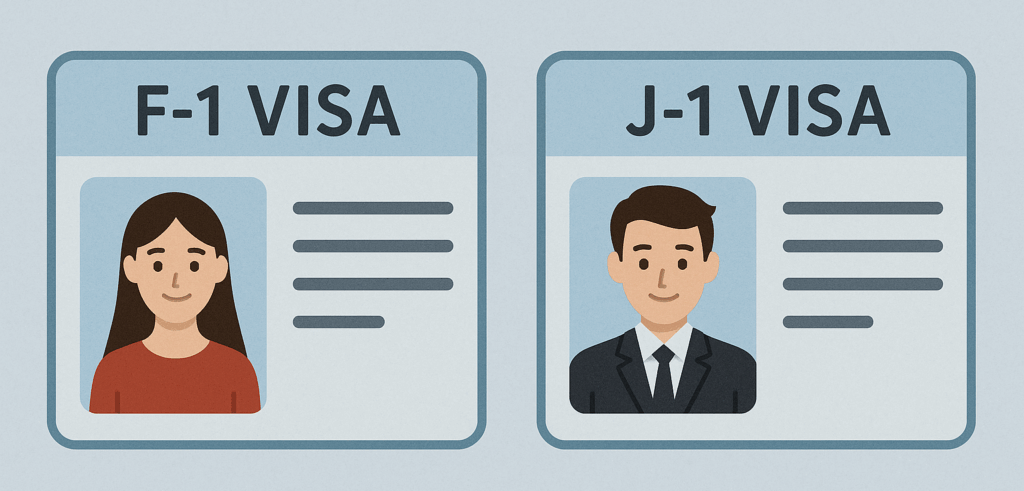Sending your child to study in the U.S. at an early age is a life-changing decision—and a major financial commitment. Many parents ask:
- “How much does early study abroad in the U.S. really cost?”
- “Are there hidden fees?”
- “Is it worth the investment?”
Break down the true cost of early study abroad and help you understand where your money goes, what to expect each year, and how to plan wisely.
It’s important to understand that tuition is only part of the total cost. When you factor in private tutoring, extracurriculars, personal expenses, and travel, the total can be much higher than expected. Moreover, some parents believe expensive schools are always better, but tuition is often based on school operations, not necessarily the quality of education. Cost does not always equal value.
Table of Contents

1. Tuition Fees: The Largest Expense
Private schools in the U.S. typically charge:
- $45,000 – $80,000 per year for boarding schools (includes dormitory, meals, and basic services)
- $10,000 – $45,000 per year for day schools (housing not included)
Tuition varies significantly depending on the school and region. Top-tier boarding schools like Phillips Academy or Deerfield Academy charge closer to $70,000–$80,000 annually. Financial aid is rarely available to international students, making tuition the single biggest expense for most families.
2. Housing Costs: Homestay or Dormitory?
For day school students, families must arrange a homestay, which can cost between $1,200 and $2,000 per month depending on location and included services such as meals, laundry, transportation, and supervision.
However, many day schools do not take responsibility for students outside of class. Therefore, families must work with certified local agents who provide homestay coordination, academic monitoring, and general care. This service typically adds an additional $10,000–$20,000 per year.
Boarding schools include dormitory housing in the tuition fee, but there may still be extra charges for weekend activities, snacks, and personal needs.
3. Application & Admission Fees
Before your child even begins studying, there are upfront costs:
- Application fees: $100 – $250 per school
- Interview prep or admissions consulting: optional, varies widely
- Standardized test prep (e.g., TOEFL, Duolingo, SSAT): $300 – $2,000
Many families also hire professional counselors to support school selection and applications. These services increase costs, but can significantly improve acceptance rates, especially for competitive schools.
4. Travel & Relocation Costs
Travel and relocation are often overlooked but add up quickly:
- Round-trip airfare: $1,000 – $2,000 annually
- Airport pickup/drop-off services: $100 – $300
- Initial relocation expenses: bedding, school supplies, uniforms, electronics (around $1,000 for the first year)
These costs are higher for younger students who may return home more frequently during long breaks.
5. Visa & Legal Documents
- F-1 Student Visa (SEVIS Fee + DS-160): approximately $510
- Guardian paperwork and notarization: $100 – $300
- Medical documents and vaccinations: cost varies by state
These are essential steps for legal entry into the U.S. and must be factored into your budget.
6. Health Insurance
International students are usually required to carry private health insurance, which costs:
- $1,200 – $2,000 per year depending on the coverage
Some schools include this in their tuition fees, but others require families to arrange their own policy.
7. Living Expenses & Pocket Money
Living expenses depend on the student’s lifestyle and location. On average:
- Weekly allowance: $30 – $100
- Phone plans: $30 – $60/month
- Additional spending on clothing, personal items, snacks, and hobbies
- Field trips and extracurricular fees: optional, but enriching
Estimated total: $2,000 – $4,000 annually
8. Sample Annual Budget (Boarding School Student)
| Category | Estimated Cost (USD) |
| Tuition & Dorm | $70,000 |
| Visa & Admin Fees | $500 |
| Travel | $2,000 |
| Health Insurance | $1,500 |
| Personal Expenses | $3,000 |
| Extra Academic Support | $2,500 |
| Total | ~$79,500/year |
Day school students may spend less on tuition but more on homestay and transport, which can offset the difference.
9. How to Save Costs Smartly
- Choose mid-range private schools with good student outcomes
- Use verified homestay networks or shared guardianship
- Plan ahead for travel and supplies to avoid last-minute costs
Small decisions in school selection and living arrangements can result in significant savings over time.
Final Thoughts
Early study abroad is not just an educational cost—it’s an investment in your child’s future confidence, independence, and global mindset. With proper planning, the financial burden can be managed, and every dollar can contribute meaningfully to your child’s development.
Also, there are many affordable and excellent schools and communities in the U.S. With the right guidance, families can often reduce costs without compromising on quality. Our counseling team can help you build a personalized plan that fits your budget, school preferences, and child’s long-term goals.



